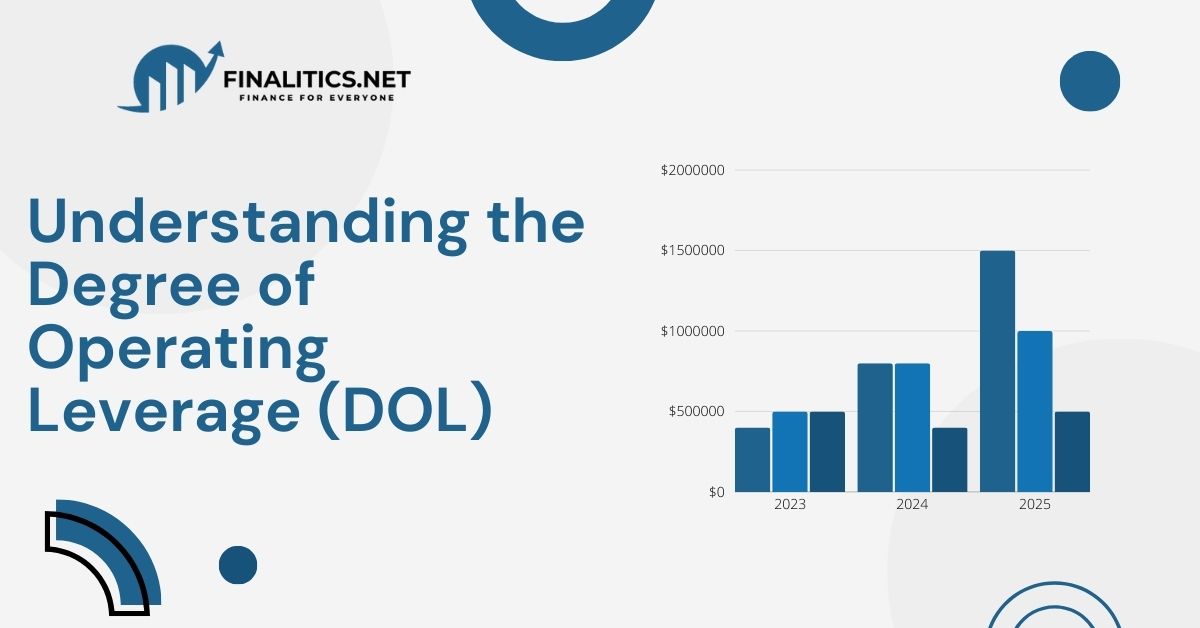In today’s highly competitive business environment, companies strive to gain and maintain an edge over their competitors. The VRIO Framework is a powerful tool in strategic management that helps organizations analyze their internal resources and capabilities to achieve Sustainable Competitive Advantage (SCA).
This article provides a comprehensive explanation of the VRIO framework, its components, and real-world examples to illustrate its application.
What is the VRIO Framework?
The VRIO framework is a strategic analysis tool introduced by Jay Barney in his Resource-Based View (RBV) of the firm. It focuses on identifying resources and capabilities that can serve as a source of competitive advantage. VRIO stands for:
- Value
- Rarity
- Imitability (or Inimitability)
- Organization
If a resource or capability meets all four criteria, it can provide the company with a sustainable competitive advantage. Let’s delve into each component in detail.
1. Value: Does the Resource Add Value?
A resource is valuable if it helps the company exploit opportunities or neutralize threats. It must contribute to improving efficiency or effectiveness, thus providing value to customers.
Example:
- Apple: Apple’s brand reputation and innovative design capabilities are valuable because they attract customers and allow the company to charge premium prices.
- Netflix: The company’s recommendation algorithm adds value by enhancing user experience and driving customer retention.
Questions to Assess Value:
- Does the resource help improve customer satisfaction?
- Can it help reduce costs or increase revenues?
- Does it align with current market trends?
2. Rarity: Is the Resource Rare?
A resource is rare if it is unique or scarce within the industry. Rare resources create differentiation and make it harder for competitors to match the company’s offerings.
Example:
- Tesla: Its advanced battery technology and proprietary charging infrastructure are rare in the automotive industry, giving it a competitive edge.
- Louis Vuitton: The brand’s craftsmanship and heritage in luxury goods are rare and difficult for competitors to replicate.
Questions to Assess Rarity:
- How many competitors possess a similar resource?
- Is the resource exclusive to the company?
- Can competitors easily acquire or develop it?
3. Imitability: Can the Resource Be Easily Imitated?
A resource must be difficult to imitate for it to provide a lasting competitive advantage. The more unique, complex, or costly it is to replicate, the greater the potential for long-term differentiation.
Example:
- Coca-Cola: The secret formula for Coca-Cola’s iconic drink is nearly impossible to imitate, giving the brand a significant edge.
- Google: Its advanced search algorithms and immense data sets are costly and time-intensive to replicate.
Questions to Assess Imitability:
- Is the resource protected by patents or trademarks?
- Does it rely on complex processes or expertise?
- How much time and investment would it take for competitors to replicate it?
4. Organization: Is the Company Organized to Exploit the Resource?
Even if a resource is valuable, rare, and difficult to imitate, the company must be organized to fully leverage it. This involves having the right systems, processes, culture, and leadership in place to capitalize on the resource.
Example:
- Amazon: The company’s logistical expertise and advanced supply chain management systems allow it to exploit its vast distribution network effectively.
- Microsoft: Its organizational structure supports the monetization of its cloud computing resources, like Azure.
Questions to Assess Organization:
- Does the company have the right infrastructure to support the resource?
- Are employees trained to maximize their potential?
- Do leadership and strategy align with leveraging the resource?
Applying the VRIO Framework: A Practical Example
Let’s analyze Tesla using the VRIO framework:
- Value: Tesla’s electric vehicle technology adds value by addressing environmental concerns and offering high performance.
- Rarity: Its battery technology and Supercharger network are rare in the industry.
- Imitability: Competitors struggle to replicate Tesla’s vertically integrated production model and innovative software.
- Organization: Tesla’s leadership, under Elon Musk, and its agile organizational structure enable it to capitalize on its resources.

Conclusion: Tesla’s resources meet all four VRIO criteria, giving it a sustainable competitive advantage in the EV market.
Why is the VRIO Framework Important?
The VRIO framework helps businesses:
- Identify Strengths: It highlights which resources are truly unique and valuable.
- Focus on Core Competencies: The framework narrows down areas of strategic focus.
- Allocate Resources Effectively: Companies can invest in resources that align with the VRIO criteria.
- Achieve Long-Term Success: By leveraging valuable, rare, and inimitable resources effectively, organizations can sustain their competitive advantage.
Limitations of the VRIO Framework
While the VRIO framework is highly useful, it has some limitations:
- Subjectivity: Assessing value, rarity, and imitability can be subjective and vary by industry.
- Dynamic Markets: The framework assumes a relatively stable environment, but markets are constantly evolving.
- Overlooked Factors: External factors like government regulations or economic conditions may impact resource utility.
Example of Limitations:
- A company may possess valuable and rare resources, but sudden regulatory changes or technological disruptions could render them obsolete.
Conclusion
The VRIO framework is a cornerstone of strategic management, offering a structured way to evaluate resources and capabilities. By identifying valuable, rare, inimitable resources and ensuring the organization is set up to leverage them, companies can achieve and sustain a competitive advantage.
Key Takeaway:
Successful businesses don’t just rely on luck or market trends. They systematically analyze their strengths using tools like the VRIO framework to stay ahead of the competition.
Final Thought:
Whether you’re running a startup or managing a global corporation, applying the VRIO framework can help you identify your true sources of competitive advantage and position your business for long-term success.


